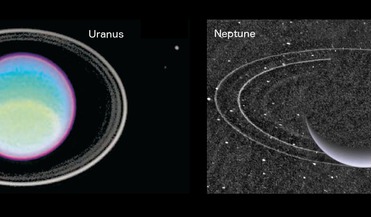 15 September 2016
Scientists shed light on how our gas giants got their different rings
15 September 2016
Scientists shed light on how our gas giants got their different rings
.... This epoch in Solar System history occurred around 4.1 to 3.8 billion years (Ga) ago and is known as the Late Heavy Bombardment (LHB); a chaotic time when a disproportionately large number of asteroids are theorised to have collided with Mercury...
 06 April 2020
Planets can form second atmospheres rich in CO, new study shows
06 April 2020
Planets can form second atmospheres rich in CO, new study shows
... for delivering large amounts of water and other volatiles to our planet around 3.8 billion years ago. “Even if a late heavy bombardment-like event happens several hundreds of millions of years after the gas disk dissipated, the atmosphere would...
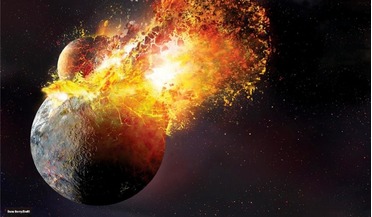 January 2021
Evolution of volatiles on the Moon
January 2021
Evolution of volatiles on the Moon
...Another spectacular analysis that has recently emerged is centred around the bombardment of the Moon some 3.8-4.0 billion years ago, during a period we call the ‘late heavy bombardment’. It was during this time that large planetesimals were impacting...
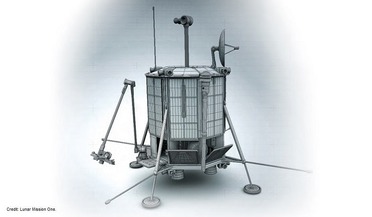 June 2015
Lunar Mission One: crowdfunding endeavour and drilling on the Moon
June 2015
Lunar Mission One: crowdfunding endeavour and drilling on the Moon
... to uncover the true relationship between Earth and its Moon and learn more about how the late heavy bombardment (that produced the craters on the Moon) shaped the history of our planet. We aim to pave the way...
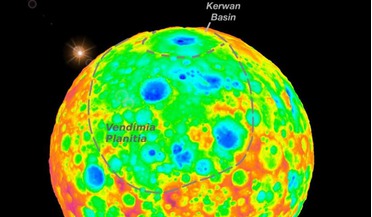 27 July 2016
Where did Ceres' craters go?
27 July 2016
Where did Ceres' craters go?
...(s) for crater removal, our result requires that large crater obliteration was active well after the late heavy bombardment era, or about 4 billion year ago. This conclusion reveals that Ceres' cratering record is inextricably linked to its...
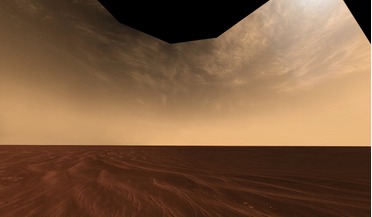 15 August 2016
Was early Mars warmed by cirrus cloud cover?
15 August 2016
Was early Mars warmed by cirrus cloud cover?
... stayed warm long enough to make its valleys. It has been suggested that large impacts during the Late Heavy Bombardment vaporised water from the colliding meteorite and ground ice mobilised by the impact, that was then...